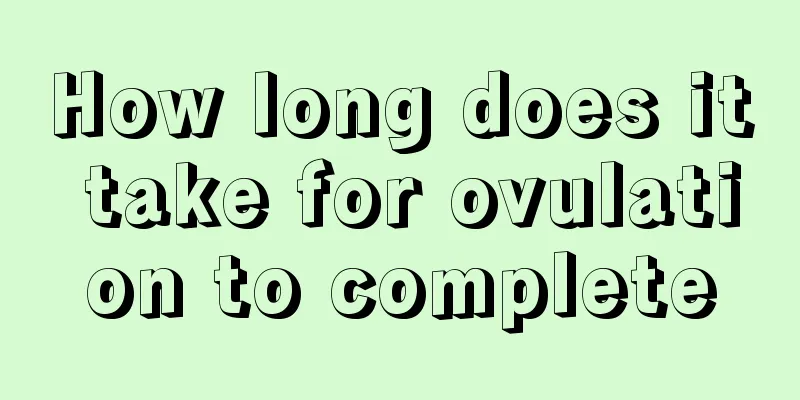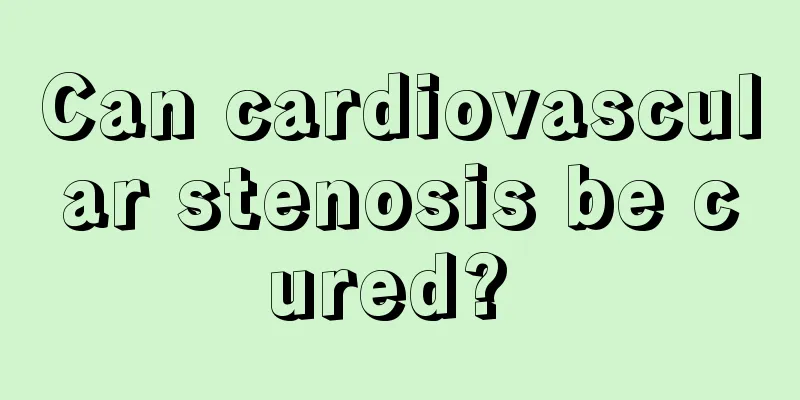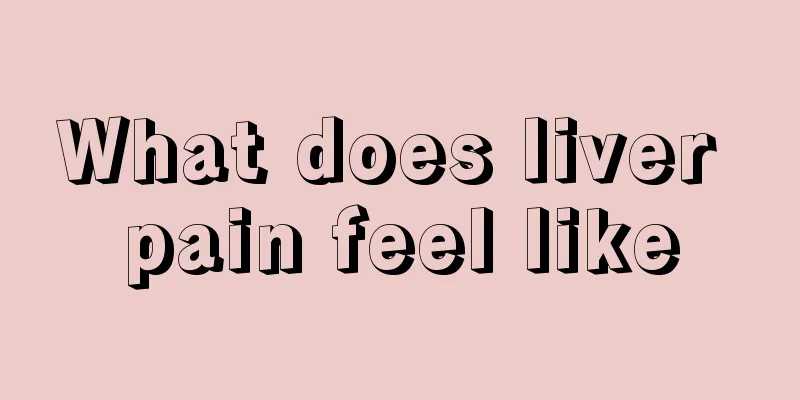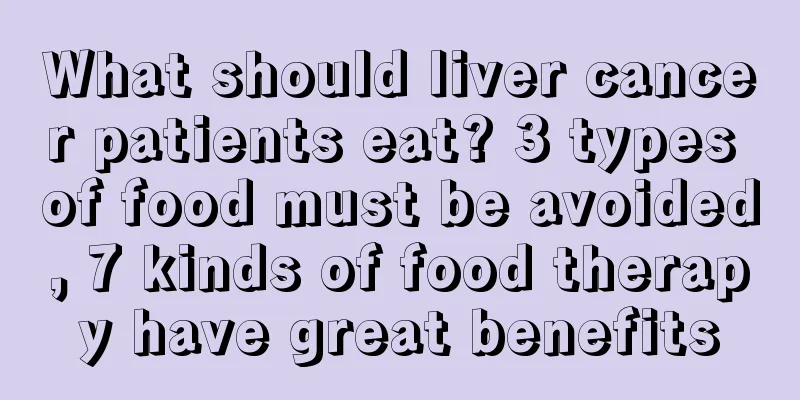How long does it take for ovulation to complete

|
The ovaries of adult women produce eggs. Generally, one egg is released every month. Sometimes two eggs are released every month, which makes it easy for twins to occur. So how long does it take for ovulation to be completed? When the follicle matures and forms an egg, the egg leaves the ovary and enters the abdominal cavity. This is the process of ovulation. The ovulation process is very short. Let's understand the mechanism of ovulation. The exact mechanisms and details of ovulation are not well understood. However, before and after ovulation, the feedback regulation reaction between FSH, LH, estrogen and gonadotropin-releasing hormone secreted by the hypothalamus in the body leads to regular and drastic changes in hormone levels before ovulation, which is the inducement for ovulation and the formation of the corpus luteum after ovulation. It has been observed that three hormone peaks play an important role in the occurrence of ovulation: the first estrogen peak occurs, inducing an increase in GnRH release, thereby triggering the almost synchronous secretion peaks of LH and FSH. In the process of inducing ovulation, FSH and LH must work synergistically. Only when a certain ratio of FSH and LH work together can ovulation be effectively induced. When LH is used alone to induce ovulation, all the follicles recruited by the ovaries will rupture. When a certain ratio of FSH and LH is used to induce ovulation, only mature follicles will rupture and ovulate. The exact mechanism by which this phenomenon occurs is unclear. (1) Decreased follicle wall tension
Before ovulation, the pituitary gland secretes more LH, which can promote the secretion of progesterone. The latter prompts the ovaries to synthesize a variety of enzymes, which denature the proteoglycans that act as adhesion between the collagen fibers in the top tissue of the mature follicle, thereby reducing the tension of the follicle wall. (2) Enzyme dissolves the follicle wall It has been proven that there are proteolytic enzymes, amylase, collagenase, hyaluronidase, etc. in follicular fluid. Therefore, it is believed that ovulation is caused by the above enzymes dissolving and rupturing the follicle wall, leading to ovulation. (3) Related to prostaglandins
LH can promote the synthesis of prostaglandins by granulosa cells, and the PG content in mature follicles increases progressively as ovulation approaches. PG2α can promote the contraction of smooth muscle fibers in the interstitial tissue surrounding the follicle, causing the follicle to rupture and ovulate. |
<<: How do I know if I have ovulated
>>: Can oral enzymes be used to wash the face?
Recommend
Experts explain the causes that may lead to brain cancer
Because brain cancer occurs in a very special loc...
What are the treatments for early liver cancer? What are the traditional Chinese medicine treatments for liver cancer?
What are the treatments for early liver cancer? F...
The peak age of endometrial cancer is 58-61 years old. What is the survival rate of endometrial cancer?
Women are prone to various gynecological diseases...
What is the reason why red spots or red lumps appear when the skin is scratched
If the skin is itchy, red spots or lumps will eas...
How to treat thick yellow tongue coating with damp heat
Traditional Chinese medicine emphasizes symptomat...
Can bitter melon and onion be eaten together
Bitter melon is a very nutritious vegetable. The ...
The skin on the chin is very loose
Our jaw is made up of a large bone, which is usua...
Is PVC material harmful to human body?
Plastic products are very common in our daily lif...
How to choose a good casserole
Many people like to use clay pots to make their o...
What should I pay attention to after stopping tuberculosis medication
In daily life, many people are afraid of the word...
Is red and swollen lips a cause of disease?
There are many reasons for red and swollen lips, ...
What does lumbar puncture in infants check?
Lumbar puncture is usually done on babies to chec...
How to quickly get rid of acne on the nose? Teach you a few tricks
From the perspective of traditional Chinese medic...
Introducing a recipe for nasopharyngeal carcinoma patients
In addition to maintaining a positive and optimis...
World Health Organization classification of lymphoma
Lymphoma originates from lymph nodes and lymphati...









